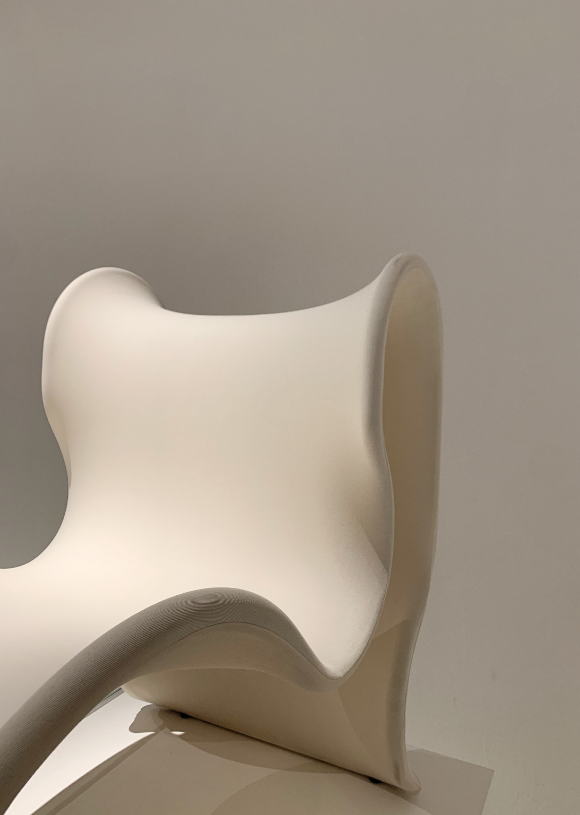3D printing technology constructs three-dimensional objects based on a digital model. A primary example of the impact of 3D printing is protective equipment for healthcare workers during the pandemic. When supplies became impossible to find, many healthcare networks turned to 3D printing to create facemasks, shields, swabs, and safety goggles. The technology was even employed to make replacement valves for ventilators.
Another example of the power of 3D printing is in creating homes. 3D-printed homes are revolutionizing the construction industry because they can build structures in hours instead of weeks. Habitat for Humanity is using this technology to provide homes to people that would otherwise be homeless.
With the help of 3D printing, building a home is done in layers, as opposed to components. Once all the layers are complete, the builders simply put them together.
The use of 3D printing extends beyond the building, too. Companies are jumping on the 3D bandwagon to create everything from wall art to furniture. People are even buying small 3D printers for their homes and making their own wall and tabletop decor. If they can't afford the printer, they can use a computer to design a model of what they want and send it to a 3D printing service the same way they would order pictures from a printer.



